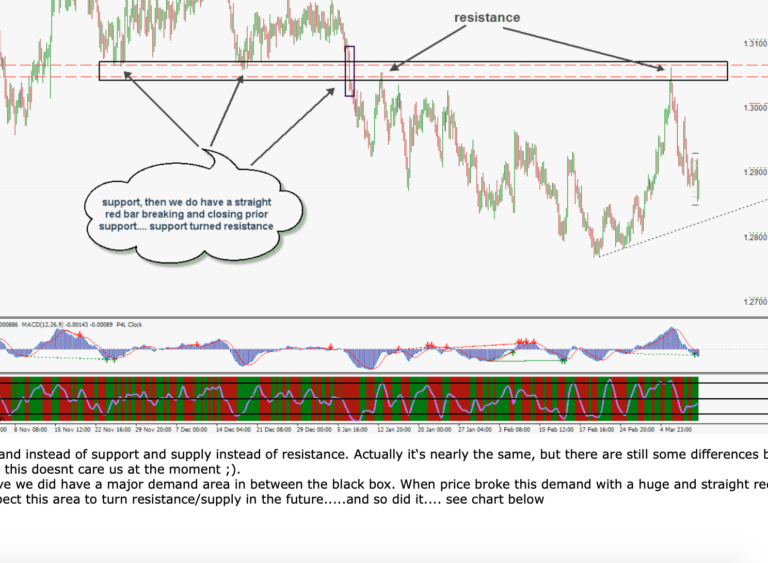Read Time:3 Minute, 22 Second
SYLLABUS
FOR
FINANCIAL, TREASURY AND FOREX MANAGEMENT
Level of knowledge : Expert knowledge.
Objectives :
(i) To provide conceptual clarity about the management tools and
techniques used in financial planning, analysis, control and decision
making.
(ii) To provide knowledge of derivatives, forex and treasury management to
enable the candidates to tackle practical situation with ease.
Detailed contents :
1. Nature and Scope of Financial Management
Nature, significance, objectives and scope of financial management; risk-return
and value of the firm; financial distress and insolvency; financial sector reforms
and their impact on financial management; functions of finance executive in an
organisation; financial management – recent developments.
2. Capital Budgeting Decisions
Planning and control of capital expenditure; capital budgeting process;
techniques of capital budgeting- discounted and non-discounted cash flow
methods, choice of methods; capital rationing; risk evaluation and sensitivity
analysis, simulation for risk evaluation; linear programming and capital
budgeting decisions.
3. Capital Structure Decisions
Meaning and significance of capital structure; capital structure vis-a-vis financial
structure; capital structure planning and designing; optimal capital structure;
determinants of capital structure; capital structure and valuation – theoretical
analysis; EBIT – EPS analysis; cost of capital; factors affecting cost of capital,
measurement of cost of capital, weighted average cost of capital, marginal cost
of capital; risk and leverage; measures of leverage, leverage effects on
shareholders returns.
4. Sources of Finance
Equity, non-voting preference shares; debentures and bonds; company
deposits; term loans from financial institutions and banks; international finance
and syndication of loans; euro-issues and external commercial borrowings;
FCCB; internal funds as a source of finance; dividend policy and retention of
profits; bonus shares; deferred payment arrangements; corporate taxation and
its impact on corporate financing; financing cost escalation.
(v)
5. Dividend Policy
Introduction; types, determinants and constraints of dividend policy; different
dividend theories — Walter’s Model, Gordon’s Model and Modigliani-Miller
Hypothesis of dividend irrelevance; forms of dividend; dividend policy – practical
considerations and legal constraints; corporate dividend practices in India;
statutory framework.
6. Working Capital Management and Control
Working capital – meaning, types, determinants; assessment of working capital
requirements – operating cycle concept and applications of quantitative
techniques; management of working capital – cash, receivables, inventories;
financing of working capital; banking norms and macro aspects of working
capital management.
7. Security Analysis and Portfolio Management
Security analysis – fundamental approach, technical approach and efficient
capital market theory; portfolio management – meaning, objectives; portfolio
theory – traditional approach; modern approach – CAPM model.
8. Financial Services
Meaning, significance and scope of financial services; types of financial services
– merchant banking, leasing and hire purchase, venture capital, mutual funds,
factoring and forfeiting, securitisation of debt, loan syndication, custodial and
corporate advisory services, credit rating.
9. Project Planning and Control
Project Planning and preparation of project report; project appraisal under
normal, inflationary and deflationary conditions; project appraisal by financial
institutions – lending policies and appraisal norms by financial institutions and
banks; loan documentation and loan syndication, project review and control;
social cost and benefit analysis of project.
10. Derivatives and Commodity Exchanges
Concept of derivatives; Characteristics of derivatives; participants in derivative
markets; types of derivatives; equity derivatives; forex derivatives; interest rate
derivatives; credit derivatives; financial derivatives; Index based derivatives and
security based derivatives; derivatives and exposure management, currency
forwards, currency futures, currency options and currency swaps and interest
rate risk management; derivative markets in India; MCX-SX; United Stock
Exchange; commodity exchanges in India.
11. Treasury Management
Meaning, objectives, significance, functions and scope of treasury management;
relationship between treasury management and financial management; role and
responsibilities of chief finance executive; tools of treasury management; internal
treasury controls; environment for treasury management; role of information
technology in treasury management; liquidity management, regulation, supervision
and control of treasury operations, implications of treasury on international
banking.
(vi)
12. Forex Management
Nature, significance and scope of forex management; foreign exchange market
and its structure; foreign exchange rates and its determination; exchange rate
quotes; types of exchange rates; forex trading; currency futures and options;
foreign exchange risk exposures and their management; exchange rate
forecasting; risk in foreign exchange business.















